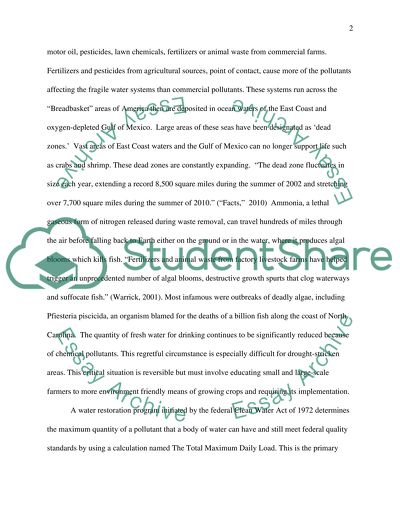Cite this document
(“The Effect Pollution Has On the Planet Essay Example | Topics and Well Written Essays - 3000 words”, n.d.)
Retrieved de https://studentshare.org/environmental-studies/1392793-the-effect-pollution-has-on-the-planet
Retrieved de https://studentshare.org/environmental-studies/1392793-the-effect-pollution-has-on-the-planet
(The Effect Pollution Has On the Planet Essay Example | Topics and Well Written Essays - 3000 Words)
https://studentshare.org/environmental-studies/1392793-the-effect-pollution-has-on-the-planet.
https://studentshare.org/environmental-studies/1392793-the-effect-pollution-has-on-the-planet.
“The Effect Pollution Has On the Planet Essay Example | Topics and Well Written Essays - 3000 Words”, n.d. https://studentshare.org/environmental-studies/1392793-the-effect-pollution-has-on-the-planet.


